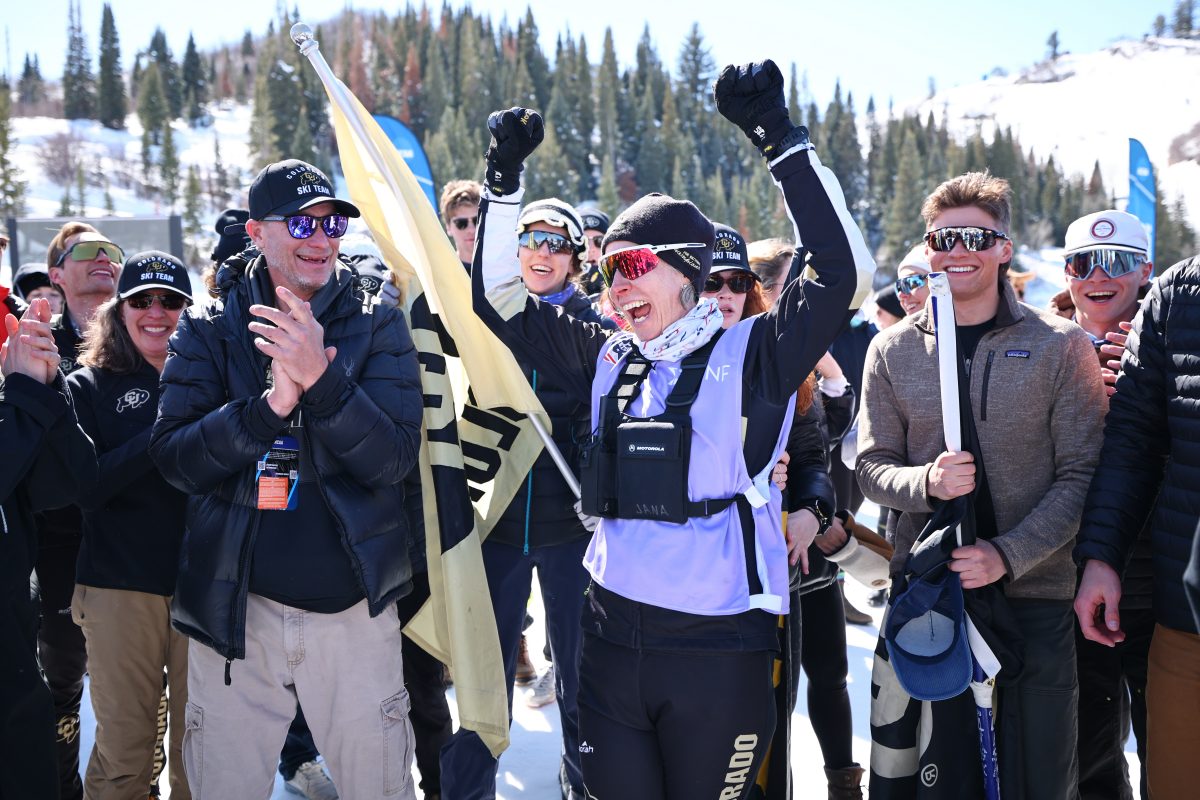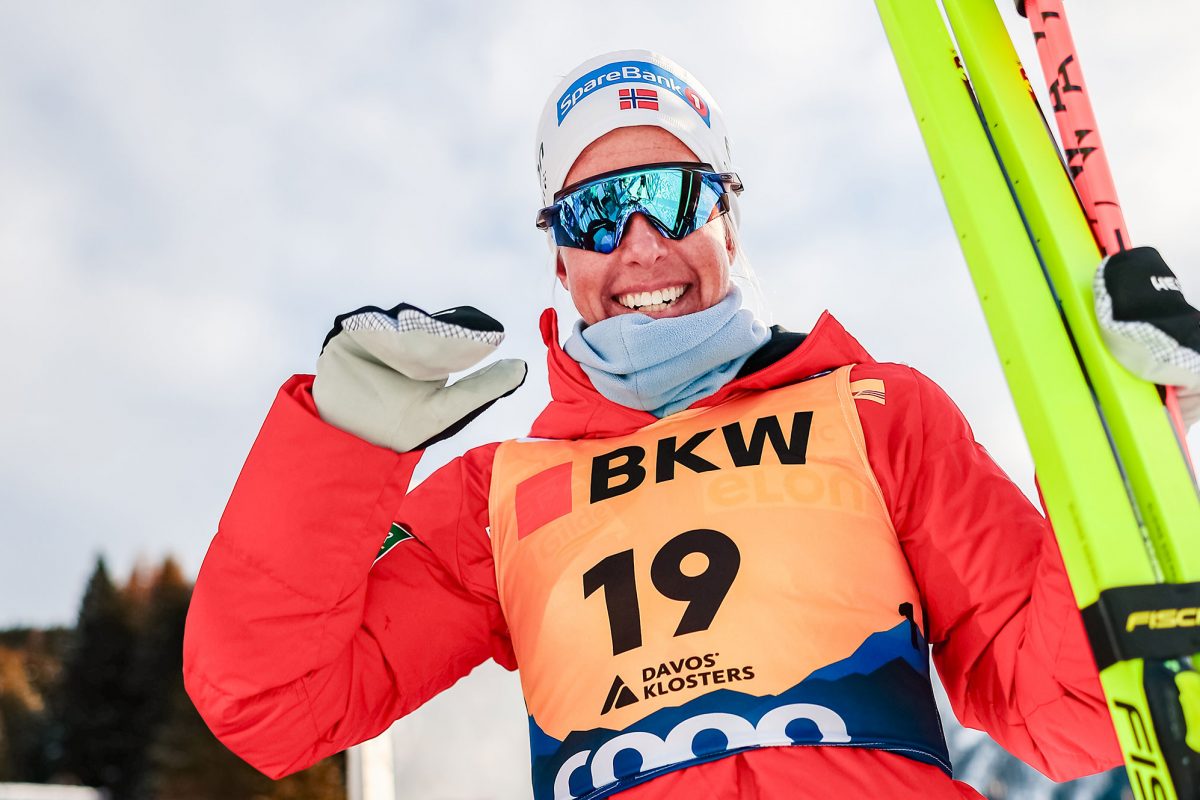As the pageantry and athletic performances of Paris 2024 captivated audiences across the United States, a team of organizers had their eyes fixed on a target far beyond the shores of the Seine. Ten years beyond, in fact. The International Olympic Committee announced on July 24th that Salt Lake City, Utah will host the 2034 Olympic and Paralympic Games, with the Cross-Country and Biathlon events returning to the Soldier Hollow Nordic Center, site of the 2002 Games.
Lacking some preternatural power of precognition or comprehensive data from our nation’s youth development programs, this journalist is unable to provide any outcome predictions for the 27th Winter Olympiad. Instead, FasterSkier reached out to the trio of skiers ready to guide Soldier Hollow down the decade-long road to 2034.
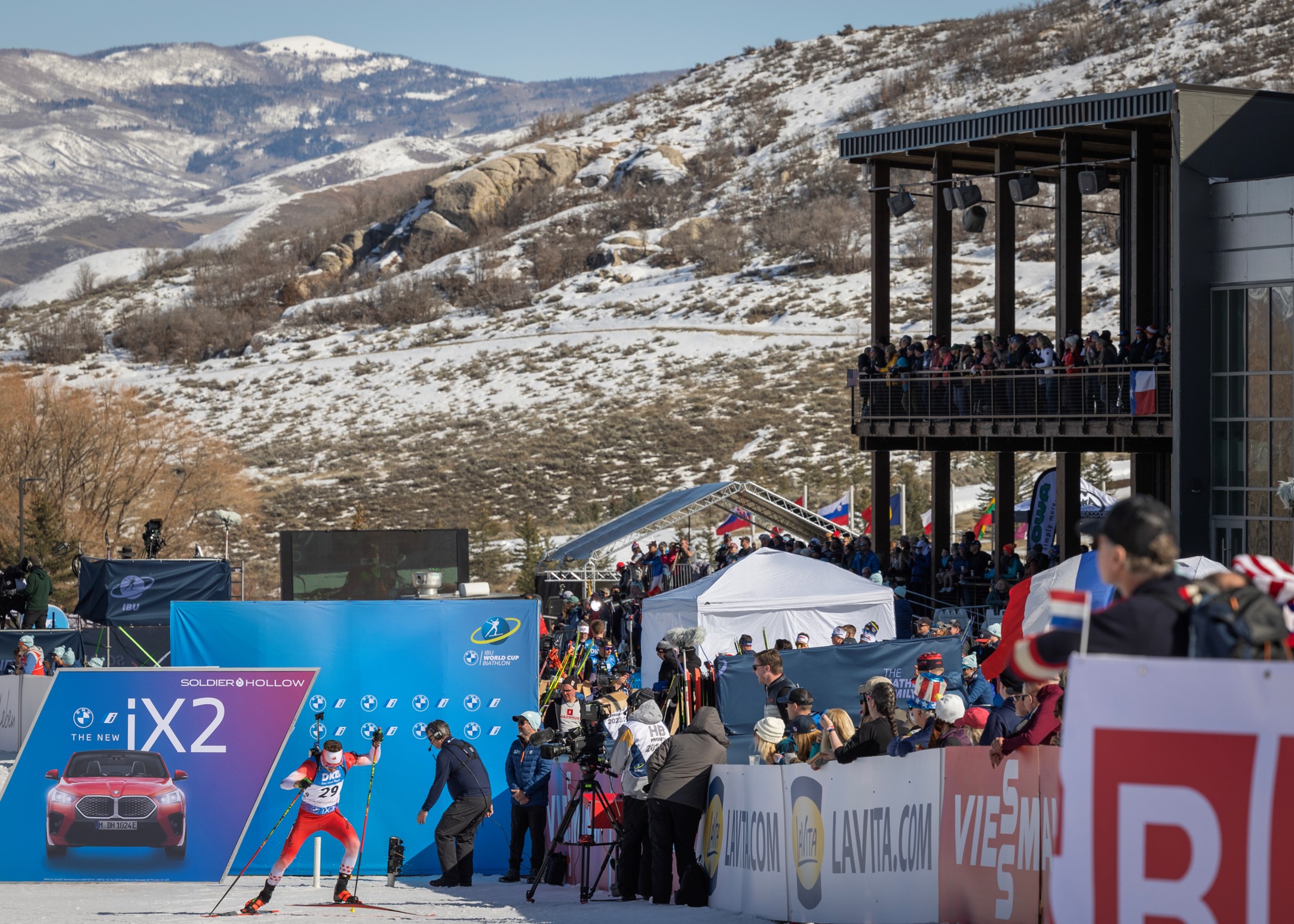
Salt Lake City’s Two-Boxed Bid
Twice a U.S. National Champion while skiing for the University of Utah, twice an Olympian (Albertville in 1992 and Lillehammer in 1994), and Chief of Sport for the U.S. Ski Team from 2007 to 2019, Luke Bodensteiner is currently the Chief of Sport Development for Utah Olympic Legacy and General Manager of the Soldier Hollow Nordic Center. In this role, he is responsible for both the Solider Hollow venue itself, and the range of Olympic and Paralympic sport programs that contribute to Salt Lake City’s vibrant, active winter community.
In Bodensteiner’s view, Salt Lake City checked two distinct boxes. For the U.S. Olympic & Paralympic Committee (USOPC), with whom the Utah Olympic Legacy Foundation partnered for over ten years to gauge community interest, assess venue capability, and to ultimately make a bid for the 2034 Games, the Foundation’s robust youth programming was a major draw. Over three thousand young athletes participate in winter sports through the Foundation—engagement which the USOPC recognizes as reflecting “the strength of the [2002 Games’] legacy,” and which made bringing the world’s best back to Utah “a really compelling proposition for the USOPC.”
Meanwhile, for the International Olympic Committee (IOC), Salt Lake City’s Olympic infrastructure, which has enjoyed intensive usage at a “regular cadence” since the 2002 Games, and aligns with Agenda 2020—an initiative to ensure “sustainable games” through long-term usage and reusage of venues, among other environmental and financial considerations.

Josh Korn agrees that Soldier Hollows’ infrastructure has enjoyed “great utilization already,” and heavy engagement with national and international events since ’02. “First and foremost, we are an Olympic venue,” he reminds me. “We’re predisposed to have the terrain and facilities necessary for high-level racing. It’s in our DNA—that’s why [the USOPC and IOC] chose Soldier Hollow” for the games two decades ago. A Wisconsin native (as is Bodensteiner) and UW-Green Bay Nordic alumnus, Korn came on as the Solider Hollow Nordic Event Manager in 2021. During his three-year tenure alone, the venue has hosted an impressive roster of races, including the International Biathlon Union World Cup (2024), the US National Championships (2024), the NCAA National Championships (2022), and the Biathlon Junior World Championships (2022). In the coming ten years, Korn expects Soldier Hollow will conduct at least “six to ten” more major events, beginning with the US Junior National Championships in 2025 (which will be the first event to use Soldier Hollow’s recently-expanded Olympic Stadium in “quite some time”), and likely including the IBU World Cup between 2026 and 2028, as well as the Cross-Country World Cup after 2030.
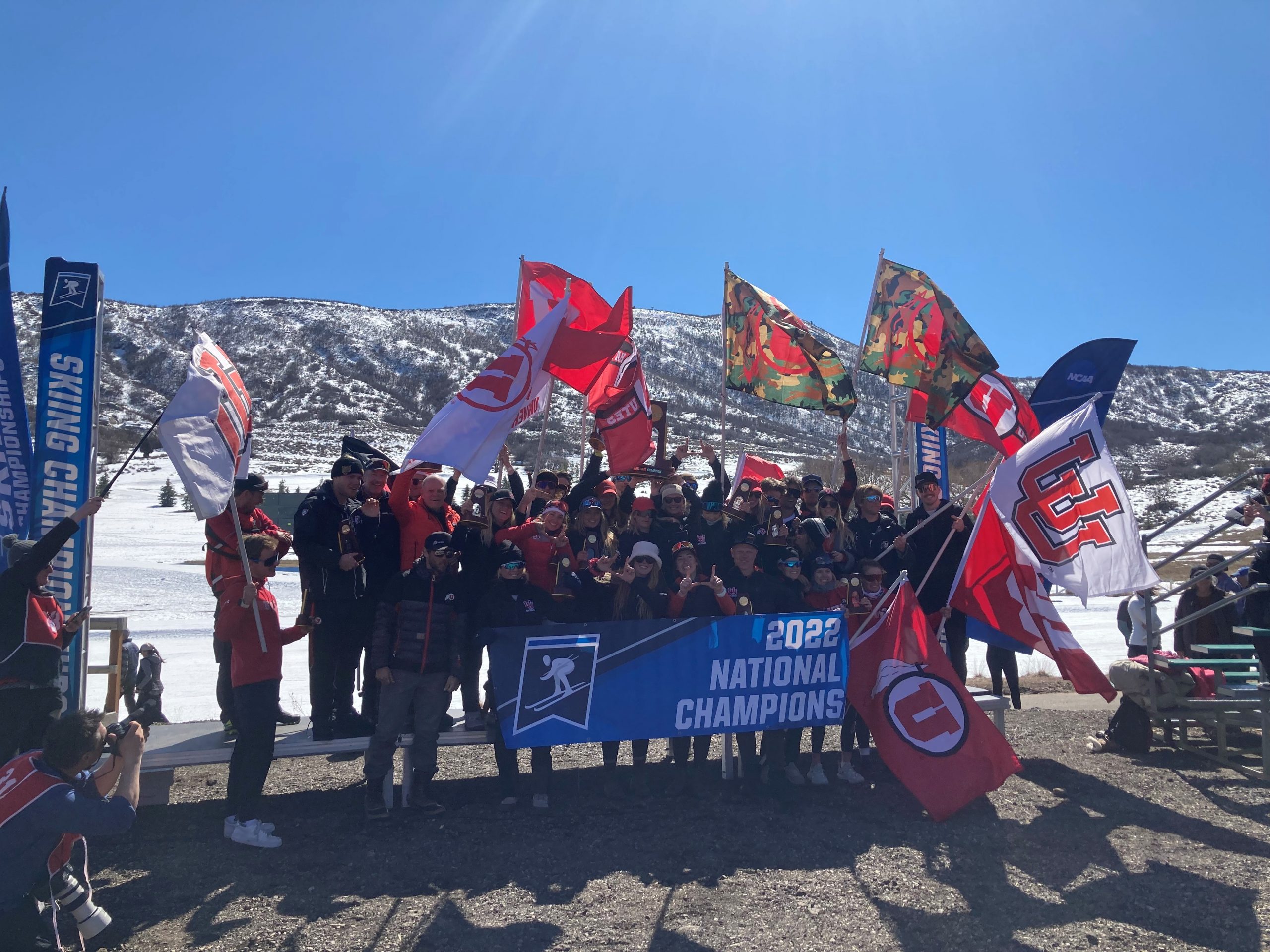
While these races will serve as crucial pre-Olympic “test events” for Soldier Hollow’s organizing committee and volunteer corps, ensuring they are “savvy enough to work at the highest level,” the teams are already “pretty doggone good at putting on races out here,” Korn concedes. In his estimation, “there’s probably nobody in North America” better equipped to host elite-level Nordic racing.
Two-Week Windows
Nevertheless, Korn recognizes there is work to be done, both on and off the trails. Soldier Hollow just completed a 19,000 square foot addition Nordic Center, which brings the building’s footprint to just under 30,000 square feet of training, business, and conference space. Newly-homologated courses for the 2023 FIS Para Nordic World Cup incorporated terrain better suited to sit-skiing than the existing trails—terrain which is also more appropriate for beginning, non-adaptive skiers. “We want to be the go-to place for Utah, for the Mountain West, for people to come as a destination to ski,” Korn tells me. “We’re really trying to expand what we’re doing by allowing more people to get involved.”

That expansion is the “cornerstone” of the thriving Nordic community the Soldier Hollow team hopes will underlie the 2034 Games, and it is underway despite increasingly-adverse climate conditions. Bill Pierce is the current Venue Operations Director for Soldier Hollow, with an impressive resume spanning decades of trail and venue design, twenty years of professional coaching, and management of both the sprawling American Birkebeiner Ski Trails in Hayward-Cable, Wisconsin, and Snow Mountain Ranch in Granby, Colorado. The third of the “three Wisconsin boys running” Soldier Hollow, Pierce has prioritized effectively leveraging the location’s power and water to “bring skiing to a venue that wouldn’t otherwise have it.”
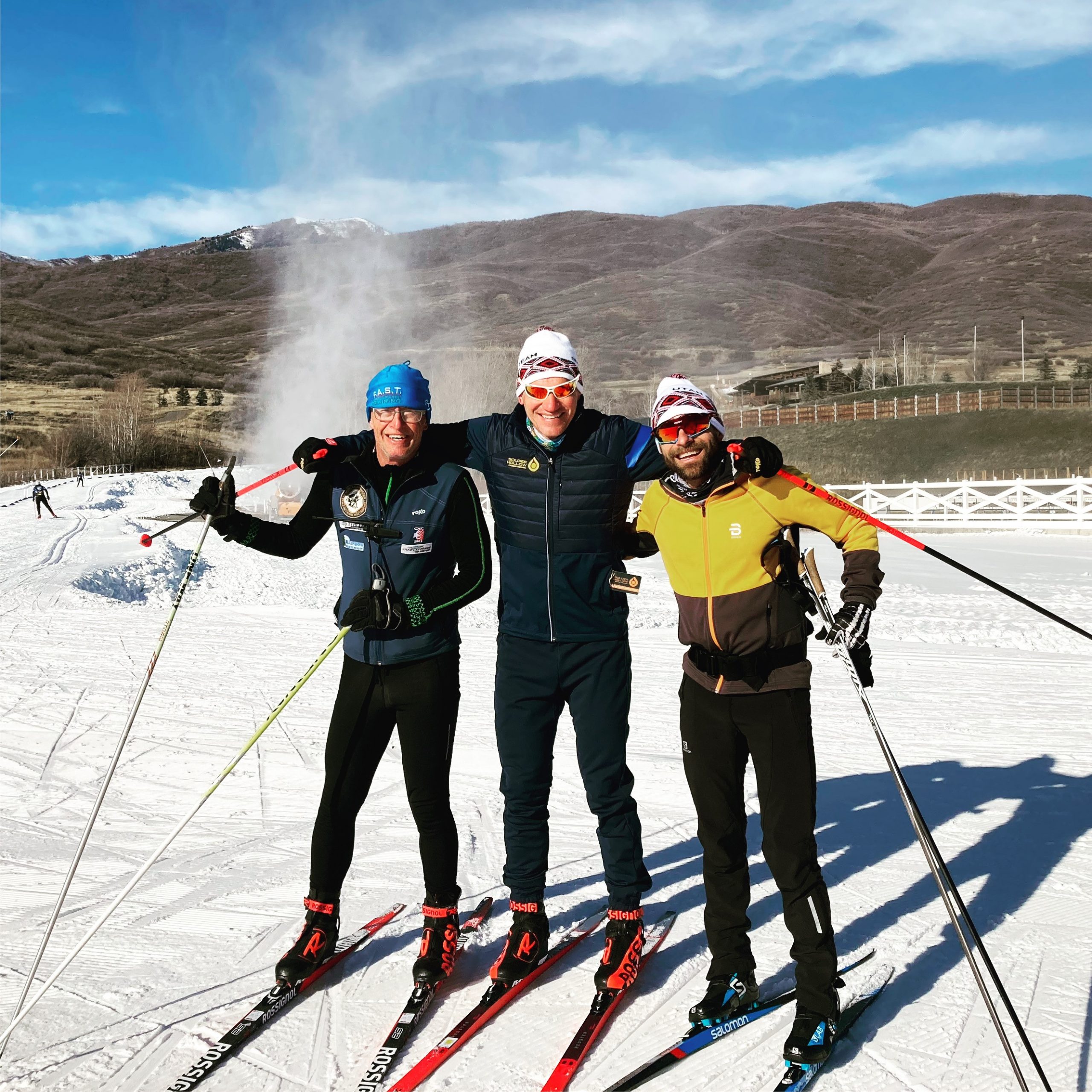
Although Soldier Hollow “did not exist before the 2002 Olympics, and was built specifically for those Olympics,” it “wouldn’t exist without snowmaking,” Pierce states. “We’d have a very short season, maybe less than thirty days.” Cold air is the biggest concern: The temperature is rarely low enough to consistently produce snow. In a realistic scenario, Pierce and the trail crews have “a two-week window during which we want to be able to pump the maximum amount of power and water.”
The trails are currently equipped with roughly sixty “stick guns” and ten “fan guns,” all of which are fully automated (“I can run the snowmaking from my laptop at home. That’s how automated it is.”) At present capacity, with two weeks of sufficiently cold air, Pierce can cover 10k of trail in one meter of manmade snow, a base thick enough to “withstand any type of weather through March.” During the last season, he made enough snow in four weeks to cover 16k.
Ongoing expansions are no coddiwomple. By the 2034 Games, Soldier Hollow will aim to cover between 15k and 22k of trail, in a one meter-deep racing deck, in a two-week window—nearly double their current capacity. (For those with a pen and paper, or with a problem visualizing volumes, 15k of FIS-homologated Category D trail, at a depth of one meter, contains roughly 112,500 cubic meters—over 11,000 tandem-axle dumptruck loads—of compacted, groomed snow). This should give Soldier Hollow ample space to enable cross-country athletes to race (and get TV coverage) while biathletes train, and vice versa—an exercise in Olympic stadium-sharing that hasn’t taken place since the 2002 Games, and that Pierce describes as an “art and science” of visual and logistical trail configuration.

This scheme is an ambitious expansion of the current system, but a necessity. In Pierce’s words, there’s “too much fire, not enough water, and it’s changing fast” in the Mountain West: “When you see the climate history that’s happened in the last forty years, it’s actually very scary.” Today, snowfall totals are erratic. “In 2021-22, we had 32 inches of snow. In 2022-23, we had over 300 inches of snow. In 2023-24, we had a mix of snow and rain, including several seven- to eight-day stretches above freezing. We watch the weather two weeks out, and plan our staffing and snowmaking setup to go as fast as we can to use the cold air while it’s here.”
First on the to-do list is the creation of another water pond and pumphouse. That project will begin in summer 2025, in conjunction with the Soldier Hollow Golf Course. Summer 2025 will also see the excavation of a snow storage depot, which will be operational by the early months of 2026. Between the present date and 2027, the venue will also install an additional 2k of fully-automated snowmaking around the core trails and expanded stadium; from 2027-2030, they’ll undertake a “final touch-up” of the automated system to cover 8-12k of snowmaking (any remaining kilometers will be covered through machine pile-pushing of depot-stored snow and “whales”).

A Long and Local Road
With another Crystal Globe for Jessie Diggins, a home-soil World Cup witnessed by 40,000 attendees, and long-awaited US Men’s victory by Gus Schumacher, the winter of 2023-24 brought America’s Nordic excitement to a fever pitch. As Josh Korn summarizes, “the amount of enthusiasm there is for this sport right now—there’s never been more of it.”
Husbanding this energy for the decade ahead seems like a tall order—and the landscape of 2034’s competitive field will be dramatically different from today’s bounty of emergent possibilities. Schumacher will be 33 years old; Diggins will be 42 and may have since storage-waxed her racing skis (although Maurilio de Zolt won Gold over the Norwegian Dream Team at Lillehammer ’94, at the age of 43—so anything’s possible!) Kikkan Randall made her Olympic debut (coincidentally, in Salt Lake City) at the age of 19, so the American star of the 2034 Games might not be spending this autumn rollerskiing and lactate testing—they’ll be too busy with fourth grade.
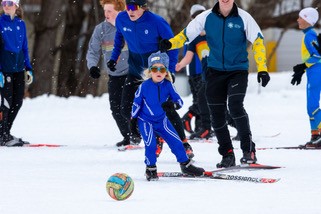
In Diggins’ opinion, the challenge of maintaining U.S. skiing’s momentum in the years to come is “the single biggest question for the future of our sport”—but the solution is relatively simple: Funding and access. “The pathways to success dry up really quickly in a financial drought in a country that has no government funding for skiing. Without money, we can’t have more World Cups in the U.S., we don’t have SuperTour, we can’t fund our athletes, and it’s pretty much impossible for people to pursue a career in a sport that is largely played out in Europe.”
The friction of distance also has implications for skiing’s American fanbase. “The other thing we really need is access to connecting to the races and connecting to the athletes […] We need it to be easy for people to find our races to stream on-demand wherever they are, and it needs to be straightforward.”
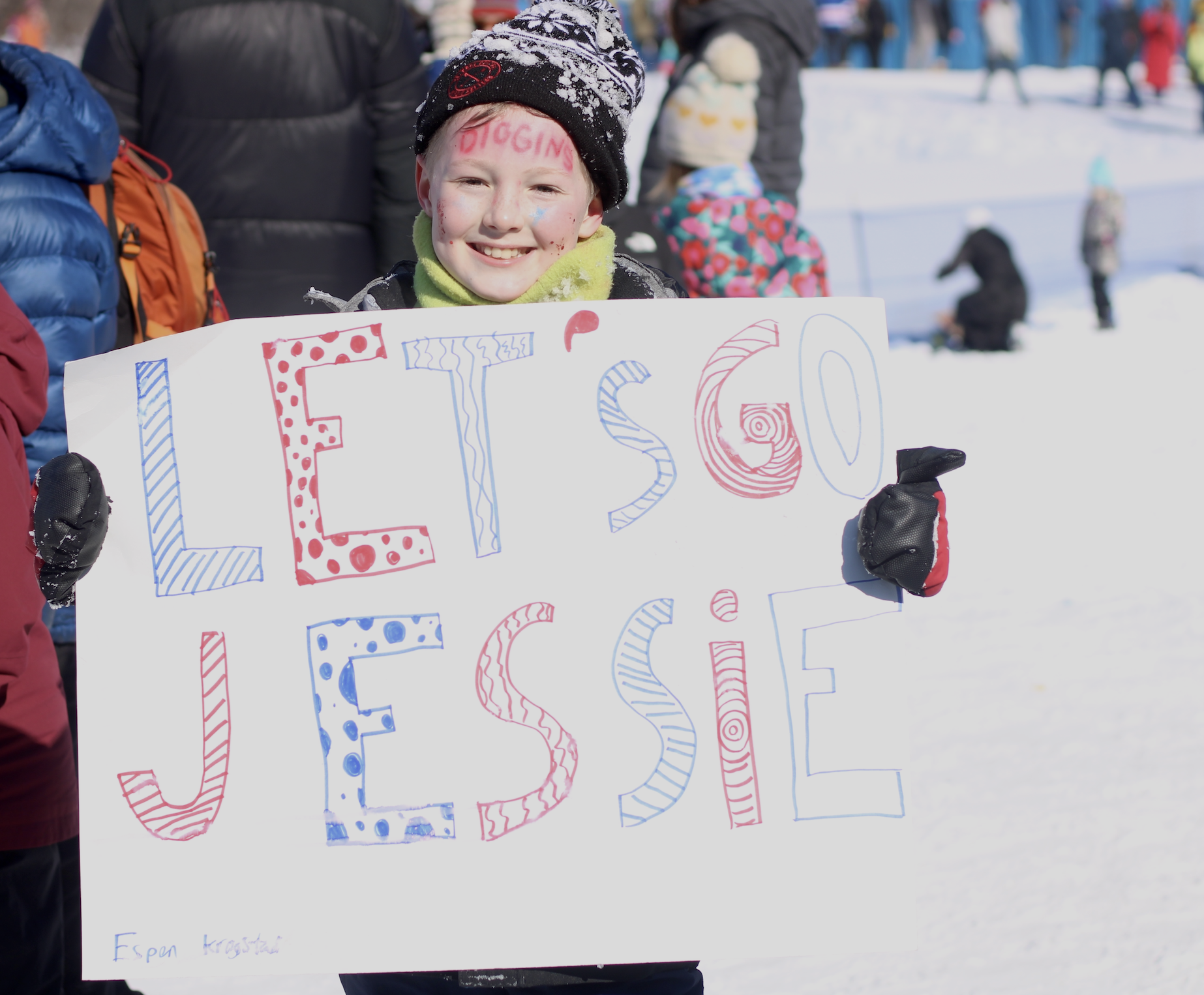
Lastly, Diggins says, “Athletes need to be willing to share themselves, and to post on social media, so kids and fans can connect with athletes when they’re gone and on the road, because when you get to know someone, then you want to hear from them and stay connected when that sport is happening [abroad].”
Luke Bodensteiner notes the progress of the previous decades as he looks ahead. “The sport has grown in leaps and bounds. A lot of people who skied competitively thirty years ago continue to stay involved, and they’ve helped built, and brought expertise to, local clubs. It’s snowballed” as these original, personal investments in team, equipment, and grooming improvements across the country make skiing accessible and “enjoyable for a lot of people. We’re in a great cycle, where new skiers are bringing in additional skiers,” who learn from—and eventually become—local experts, growing the sport in their own towns and trails. “The real story is what’s happening in all these little communities all over the country […] what happens at the local level in all these ski clubs is driving our success.”
Josh Korn agrees. Kids are getting on skis in their own schools and clubs, and seeing that international success in the sport is “doable.” While the US Ski Team’s “hungry young guys are young enough that they’re going to be here in Soldier Hollow in 2034,” it’s essential to keep “putting them in front of as many kids as possible.”
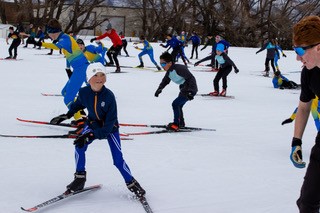
It’s a sentiment Gus Schumacher echoes. “I think we need to keep ski racing fun for kids. We also need to keep pushing to make it as accessible as possible, like reducing costs at events when we can, and supporting our local clubs and larger organizations like NNF, that help support aspiring races from the first time they join a group, all the way to the World Cup,” he writes. “As long as we still have skiers aspiring to be the best they can be at every level we’ll be able to keep the enthusiasm. The level sometimes ebbs and flows, but the more we can all push each other to be the best possible, the more consistently good we’ll be. And I’m also planning on being around still in 2034!”
As a graduate of the University of Utah and no stranger to the Soldier Hollow trails, U.S. Ski Team member Sophia Laukli (winner of the 2024 Alpe Cermis climb) also has her eyes on the distant Games. Momentum for the sport and recent American successes go “hand in hand. It’s easy to get motivated and set higher goals when we continue to improve each season as a team, and that makes our team and the sport more known/seen in the country.”
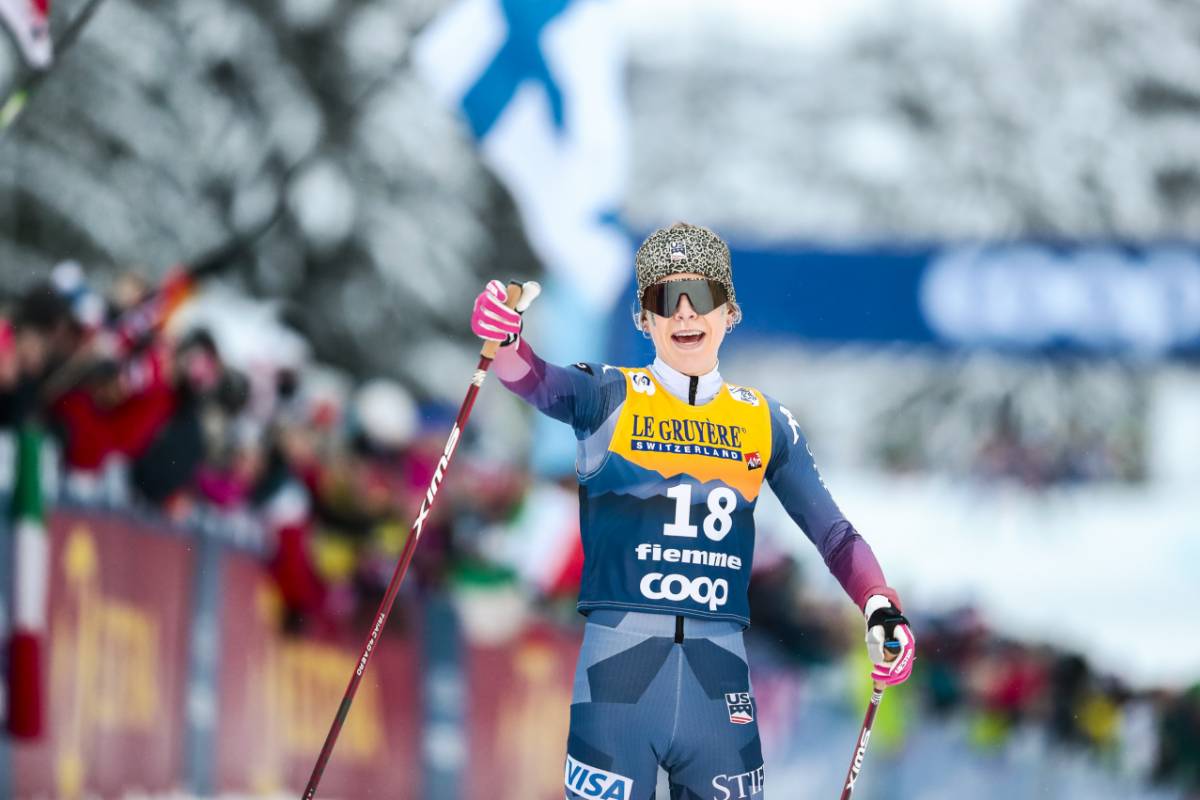
For Laukli herself, “Originally the concept of racing until 2034 was a bit daunting […] But as I continue to improve myself and, in turn, want to set higher and higher goals, the idea of racing at the Olympics is pretty motivating. It’s a long ways away, but not many people get the opportunity to have an actual home-race Olympics.” It would be “special to race in Salt Lake, especially on a potential relay team with old University of Utah teammates,” but Laukli thinks “the country is already going in the right direction to make those Olympics big, no matter who’s racing. I think all of us skiing today are going to try and be a part of those Games one way or another, whether that be on the sidelines or the start line.”
To Bill Pierce, the key to Nordic engagement lies beyond both the sidelines and the start line. Pierce recognizes that, the success of the past season aside, skiing remains a “very micro-sport in North America.” In the years ahead, he’ll continue to focus on fostering “excitement about wellness” on and off the snow. “Not everyone can ski, but they can hike, bike, whatever. We can use these trails to build inroads and connections with the community, and wellness in that community. This is what the Olympics are all about.”
FasterSkier thanks Luke Bodensteiner, Josh Korn, and Bill Pierce (Soldier Hollow Nordic Center / Utah Olympic Legacy Foundation), and Leann Bentley, Jessie Diggins, Sophia Laukli, and Gus Schumacher (U.S. Ski Team) for their contributions to this piece.
Luke Dykowski
Luke Dykowski is an alumnus of the University of Minnesota Nordic Ski Club ‘22, and is the Founder and Nordic Coordinator of the Midwest Collegiate Ski Association. He is currently a law student at Georgetown University.


